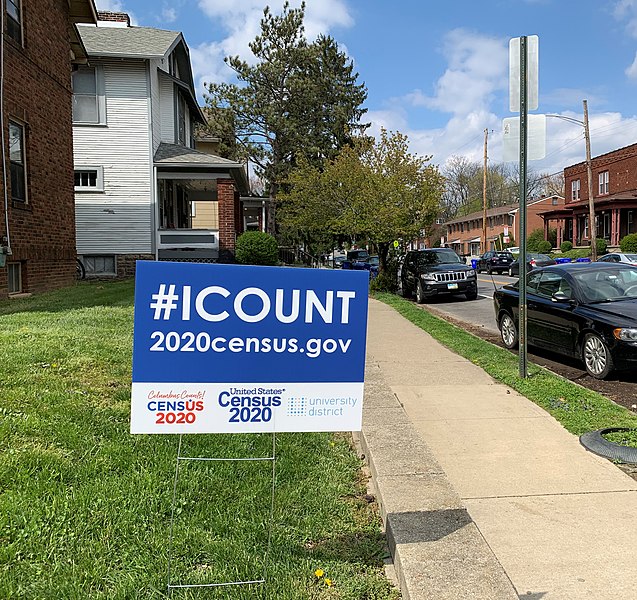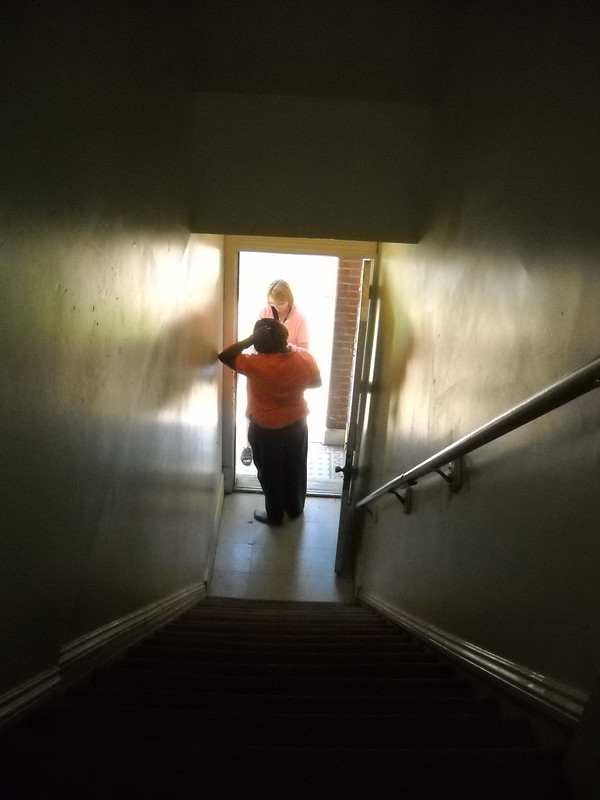Census workers report that nonresponse follow-up was “rushed and chaotic,” using numerous shortcuts to end the census count on the shortened timeframe sought by the Trump administration. Not surprisingly, there is growing consensus among census stakeholders and data experts that the 2020 census data are likely to be insufficiently accurate.

This is the second on a two-part series— Fighting for a Fair and Accurate Census—detailing this year’s unprecedented attacks on the U.S. census, written by Vanita Gupta, president and CEO of The Leadership Conference on Civil and Human Rights, and Gary D. Bass, founder of OMB watch, a nonprofit research and advocacy organization promoting greater government accountability and transparency.
Get caught up on Part 1, which details how and why the Trump administration hindered the collection of an accurate U.S. census count.
Most households participate in the count in one of two phases.
- The first is the self-response phase where the public is encouraged to fill out the census online, by paper or by phone.
- The second is when enumerators go door to door asking those who had not yet filled out the census to do so; this is called the nonresponse follow-up operation or NRFU.
Self-response data are far more accurate than NRFU which in part includes information from neighbors, landlords and government administrative data when a household cannot be reached.
“Rushed and Chaotic”: Status of the 2020 Census
While the national self-response rate for the 2020 census exceeded the response rate for the 2010 cycle—67 percent this year, versus 66.5 percent in 2010—there are significant disparities between and within states.
Only 28 states and 36 percent of cities met or surpassed their 2010 self-response rates. Self-response rates in census tracts that are predominantly people of color are still behind their 2010 levels.
For example, 67 percent of predominately Black tracts and predominately Hispanic tracts have self-response rates lower than in 2010; 80 percent of predominately American Indian tracts have rates lower than 2010. Many rural areas, including reservations, did not get effective and timely delivery of their forms and were closed down because of the coronavirus.
This is why the NRFU process was so critical: Enumerators were needed to reach these non-responders and get their census information to protect against an undercount.
After ending the NRFU operations, the Census Bureau said it completed 99.98 percent of the cases for the 2020 census. Yet some enumerators report that NRFU was “rushed and chaotic,” using numerous shortcuts to end the census count on the shortened timeframe sought by the Trump administration.
There were reports of cases closed, even if they only had the number of people and not details on race, age and gender. Enumerators were told to make guesses and, according to a lawsuit and news reports, falsify data. Enumerators were sent to states they had no familiarity with, like from Connecticut to Southern states. Enumerators from the suburbs were sent to public housing in urban areas that they marked as “dangerous” so they were closed without any door-to-door outreach efforts.
A lot is not known about how the Census Bureau achieved its 99.98 percent completion rate that affect the quality of data. The Bureau recently acknowledged that in the data it does have, there is a troubling level of household reports lacking data on age, race and ethnicity.
There is a growing consensus among census stakeholders and data experts that the 2020 census data are likely to be insufficiently accurate for many if not most of the use cases.

Not only were certain communities more likely to be missed or not comprehensively counted, but some households could be overcounted. For example, with colleges abruptly shut down by COVID-19, college students, who tend to be wealthier and more likely to be white, may have been counted at their family’s house and on the college campus where they normally would be counted.
The problem of inaccurate data will be compounded if the time for the data processing period, which includes critical quality improvement and data clean-up, is not extended as originally planned. It normally takes 21 to 26 weeks to process and clean up the data, but the Bureau will have only about 11 weeks—in other words, the time available to make sense of questionable raw data will be cut in half.
Officials Were Warned
Career Bureau staff had repeatedly warned that there would not be enough time to clean up the data.
The Bureau’s associate director for field operations, Timothy Olson, wrote in a July 23 email:
“It is ludicrous to think we can complete 100% of the nation’s data collection earlier than 10/31 and any thinking person who would believe we can deliver apportionment by 12/31 has either a mental deficiency or a political motivation.”
In a private October 3 briefing for Secretary Wilbur Ross, the Bureau staff warned: “A compressed review period creates risk for serious errors not being discovered in the data—thereby significantly decreasing data quality.”
The staff added:
“Serious errors discovered in the data may not be fixed—due to lack of time to research and understand the root cause or to re-run and re-review one or multiple state files… A compressed review period creates risk for errors being present in the data.”
Nonetheless, Ross told the Bureau to meet the December 31 date for the apportionment report.
Now, as it’s been widely reported, the Census Bureau’s career data scientists have uncovered a number of anomalies that they need time to fix. That means that despite their best efforts, the career and expert scientific staff at the Bureau need time and space to process and tabulate the 2020 census data. The fact that there is such confusion about when the Bureau is able to finalize the apportionment data simply points to the need for more time to do the data processing and tabulation well.
Looking Forward to Census 2030
It is important that as we look to restore Americans’ faith in our democracy, Congress and the Bureau restore Americans’ faith in the integrity of the census. Fortunately, there are actions we can take now to save the count.
Sufficient Transparency
First, the Bureau must provide sufficient transparency in its processes and decisions so that data experts can independently verify that all that needs to be done has been done. Even the Bureau’s own Scientific Advisory Committee warned that “radical transparency” is needed.
Extend Reporting Deadlines During Lame Duck
Second, Congress must act during the lame duck session to extend the census reporting deadlines to ensure the Bureau has the time necessary to properly clean up the data to improve its accuracy.
President-Elect Biden called for this extension, and there are now four Republican co-sponsors in the Senate for the 2020 Census Deadline Extensions Act. It should be added to the COVID-19 relief bill or the appropriations bill that must pass Congress. Every member of Congress has a stake in getting accurate numbers.
The nonprofits and foundations working together to promote a fair and accurate count will continue pushing on these data quality issues, hopefully engendering broader public awareness and engagement.
Removing Politics from the Census Operations
Steps are also needed to protect the next census in 2030—including rebuilding the tarnished image of the Census Bureau, preventing a president from again imposing a political agenda on a future census, and ensuring historically undercounted populations can trust the government enough to fill out the census.
Like the Constitution mandates, all people in America count and must be included in the census.
You may also like:





